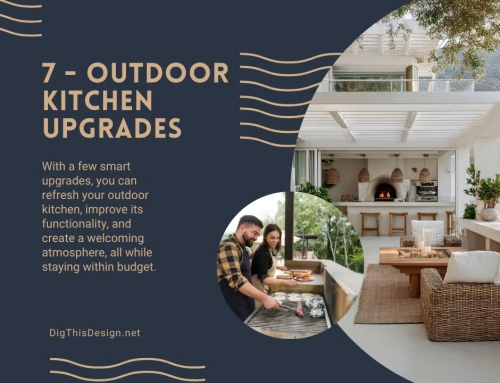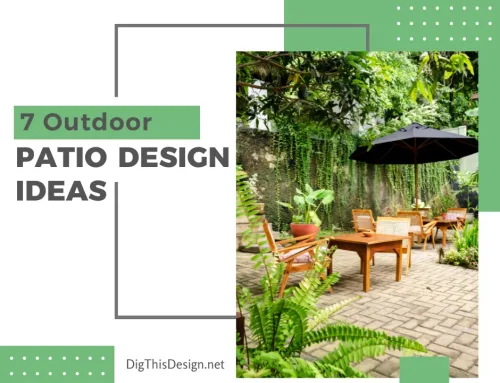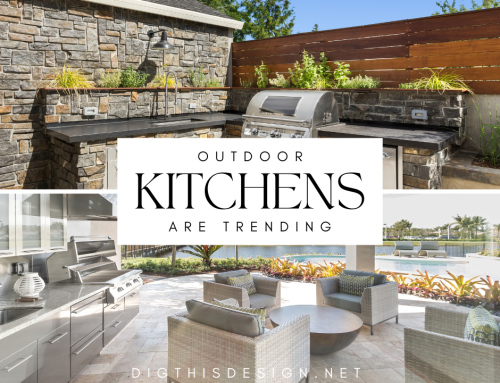You might wonder what are some container gardening tips you can use to start your own home garden. With more people taking to gardening during the pandemic, the popularity of container gardening has increased manifolds. According to a report, in the April to June quarter of 2021, garden-related expenses shot up by 77% compared to the previous quarter. The joy of seeing garden plants in the house and connecting with nature will continue in the year 2022 as well.
Container Gardening Tips: Tricks for 2022
Considering how there’s a space crunch in urban spaces, container and balcony gardening is growing popular by the minute. It’s expected that we will see more innovative and creative ideas to create attractive gardens in the small spaces of apartments in the coming year. From container gardens to planters on wheels, we expect a lot of new and innovative trends to become mainstream this year.
Container gardening is an easy yet versatile way to add color to your garden or balcony. However, it’s a lot more than just throwing some plants in a pot and calling it a day. It requires excellent knowledge of aesthetics and choosing plants of varying height, texture, and color to get an amazing-looking small garden in your home space. Following container gardening tips will help you make better decisions.
In case you are new to gardening but want to pick up a hobby to spend your time doing something meaningful, you’re in the right place. Here are the top container gardening tips to follow that will help you create a stunning container garden.
Choose a Suitable Container
Even before you pick the plants you want, you must choose the containers you want your plants in. There are a lot of characteristics to consider, such as weight, material, appearance, and weather sensitivity. Additionally, factors like budget, space, and style also come into consideration.
Remember, the larger the container you choose, the lesser you will have to water. However, whichever container you pick, make sure there’s a hole at the bottom to let the extra water drain.
While there are a lot of containers and pots to choose from, there are more common options. Below is a list of popular containers for gardening.
- Terra-cotta: These are inexpensive and good-looking clay pots. However, they don’t last long and get damaged in cold weather.
- Concrete: Concrete containers are not only versatile but also weatherproof. However, they cannot move because they are extremely heavy once filled.
- Wood: Wooden containers look extremely sophisticated but are also prone to damage. Pick a durable wood like cedar and apply a layer of clear waterproofing sealer.
- Metal: It’s a great idea to repurpose galvanized tubs and buckets for plant containers. However, they heat quickly and might damage a plant’s roots. To protect your plants, line the container with garden fiber first and place it in a shady spot.
- Plastic or Fiberglass: This is the most inexpensive container and can look like any other material. However, they are not of good quality and won’t last forever.
- Repurposed: If you want your garden space to look rustic and cool, use repurposed containers. These can range from discarded tires, old baskets, and birdbaths.
Pick a Color Scheme
It’s very important to pick a color theme for your container garden. Picking a common underlying color for your garden will help you pick the right mix of plants to get. You can either select a color scheme for your containers or choose a common color theme across your flower and foliage.
Pick plants in odd numbers to give the container an asymmetrical look. Always have a thriller, a filler, and a spiller for your plant arrangement. Thriller plants add height and vertical elements to your container garden. Fillers make the container look fuller, and spillers are trailing plants hanging over the planter.
Prepare Your Container for Drainage
Once you have selected your plants and containers, it’s time to plant. As mentioned before, buy containers with a small hole at the bottom to let the excess water drain off. To effectively aid the water drainage, place several small rocks at the bottom. You can even use pieces of broken clay pots for this purpose.
Once you have placed the rocks, fill the container up to 2/3rds with a potting soil mix, which makes it easier for the container to drain. Many potting mixes also come with fertilizers already mixed in to help your plants settle down.
If you have large potting containers and want to use less potting mix, the best tip is to place several empty containers upside down in the container to take up space. Then fill the potting mix until the container is 2/3rd filled. Container gardens take some time to set up, but it is always worth it.
Plant Lower Than Container’s Rim
The basic sense behind this is to avoid water spillage when you pour water in. Always plant your plants lower than the rim of the container. Speaking of planting, ensure that the top of their root balls are a couple of inches below the rim.
Fill in around the root balls with more potting mix. However, be careful about not putting the stem of the plant any deeper than when it was in the nursery container. Once you have planted, press down lightly around the plant with fingers to eliminate air pockets.
These are the top tips that will help you design a perfect container garden in your home. Keep your containers adequately watered, water till you see it run out from the drainage hole, and keep checking the soil to see whether it’s moist or dry every other day.
Other Posts You Might Enjoy:
How to Start a Container Garden
Garden Tips for a Bold and Unique Garden





